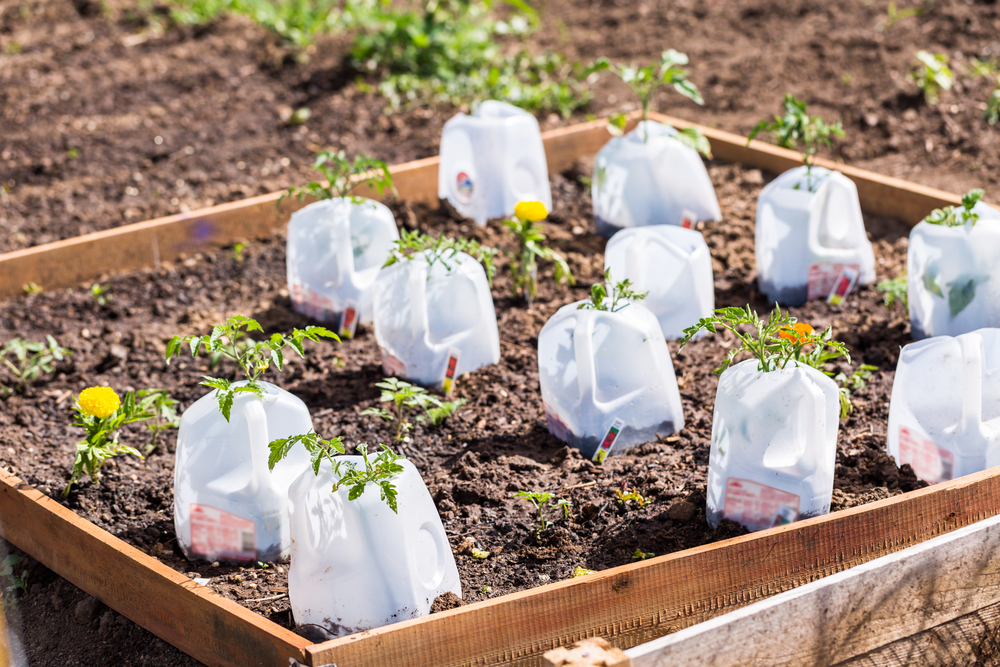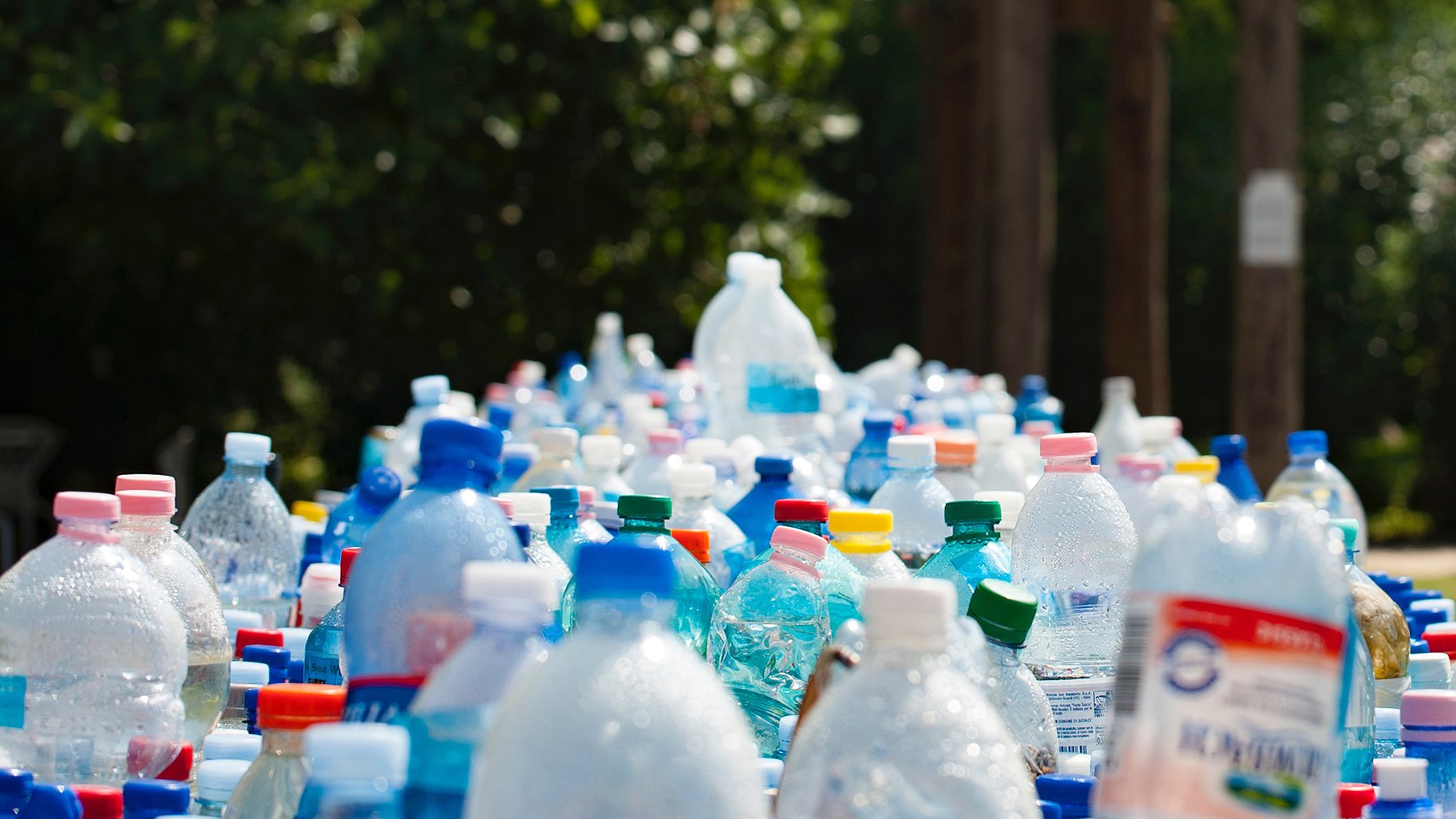Type 2 Plastics
Type 2 plastics HDPE (high-density polyethylene) is used in the production of things such as milk jugs, detergent bottles, and grocery bags. HDPE is a durable and versatile plastic that is resistant to moisture and lots of chemicals, making it ideal for various applications. In this article, we will discuss what type 2 plastic is, how it is generally recycled, and ways people are trying to reduce its use.
High-density polyethylene (HDPE) is a type of plastic that is commonly used for a variety of applications due to its durability, strength, and resistance to moisture and chemicals. HDPE plastic is made from petroleum and is a thermoplastic material, meaning it can be melted and reformed into a bunch of products. It is commonly used for milk jugs, detergent bottles, and grocery bags due to its excellent barrier properties, which help protect the contents from external factors.
HDPE plastic is one of the most commonly recycled plastics due to its high demand in the market. The process of recycling HDPE plastic involves collecting the used products, cleaning and sorting them based on their color and type, and shredding them into small pieces. The shredded plastic is then melted and molded into new products such as plastic lumber, containers, and furniture. Recycled HDPE plastic has various applications, and its demand is steadily increasing due to its durability and versatility.
HDPE plastic is known for its durability and resistance to degradation (breaking down), making it a popular choice for packaging products. However, it takes a long time to break down, and when it does, it releases harmful chemicals into the environment such as phthalates. HDPE can take up to 1000 years to decompose, and it is estimated that only 9% of the total amount of HDPE ever produced has been recycled, with the rest ending up in landfills, oceans, and other natural environments.
There are various ways people are trying to reduce the use of HDPE plastic to prevent further damage to the environment. One approach is to promote the use of alternative packaging materials such as paper, glass, and biodegradable plastics. Another way is to encourage the use of reusable bags, containers, and bottles to reduce the amount of plastic waste generated. Additionally, some companies are exploring ways to produce HDPE using recycled materials or alternative sources such as plant-based materials to reduce the reliance on petroleum-based plastics. When recycled you can reuse HDPE about 10 times before it loses its strengths.

